
|
Spices may be what makes your food delicious, but they are also the international taste language around the world. Here are different spice mixtures common to the world's major continents and geographical zones that will give your cooking an extra kick! |
|
Africa |
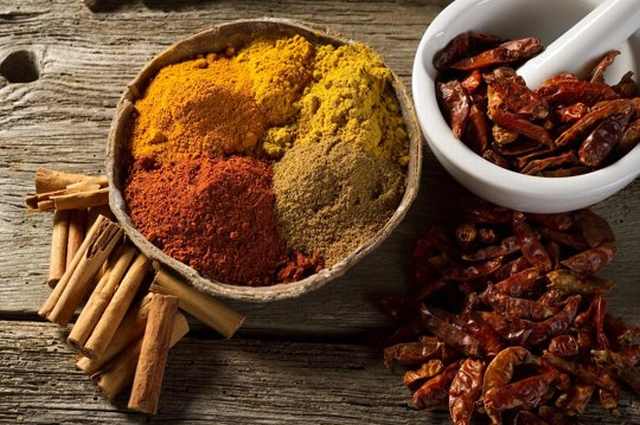 |
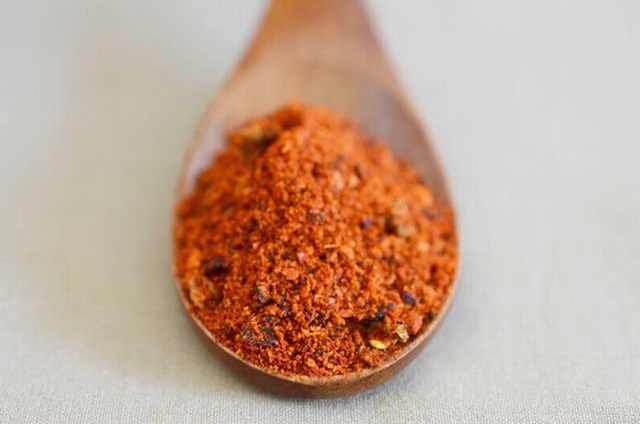 |
| Berbere: This rich spice originates in the eastern Horn of Africa - the countries of Eritrea, Djibouti, Ethiopia and Somalia. It is a blend of chile peppers and other spices and can be used to add warmth to bean and meat dishes, along with roasted vegetables. The mix usually contains hot peppers, black pepper, fenugreek, ginger, cardamom, coriander, cinnamon and cloves. |
 |
| Dukkah: A traditional Egyptian spice made of toasted nuts and seeds that's usually served with bread and olive oil, but is also used in a number of other dishes. The mixture is made up of hazelnuts, sesame seeds, coriander and cumin. |
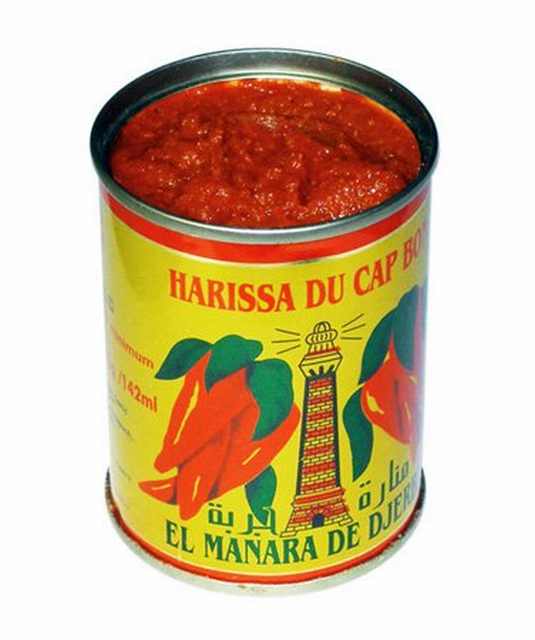 |
| Harissa: A spicy Tunisian sauce made of smoked red peppers, cumin, coriander, caraway and olive oil that is great to add on top of your sandwich or as a marinade for your favorite meats. The sauce has a similar consistency to tomato sauce and can also be used in spaghetti and pizza recipes. |
 |
| Ras el Hanout: Common to North African cooking, and Moroccan dishes in particular, the name of the spice means 'head of the shop', referring to the best spices that the store has to offer. Usually Ras el Hanout is made out of cardamom, clove, cinnamon, paprika, coriander, cumin, mace, nutmeg, peppercorn and turmeric. It can be used as a delicious rub or marinade, or even as a condiment. |
|
Asia |
 |
| Chinese Five Spice: This powder is one of the base ingredients for Chinese cooking and a little bit of it goes a long way. The mix of star anise, Szechuan peppercorns, fennel, cassia, and clove make dishes sweet, savory, bitter and sour all at once. It's great to add to meat dishes or stir fries, rice dishes and even some baked goods that need a warming flavor. |
 |
| Gomashio: A common Japanese condiment for a number of dishes, gomashio is simply toasted sesame seeds ground up with coarse salt. The spice is great to add to traditional Japanese dishes, and can be easily made in a spice grinder or food processor. |
 |
| Shichimi Togarashi (Japanese Seven Spice Mix): A more popular souvenir for visitors of Japan, shichimi togarashi adds great flavor to noodles and grilled meats, and even tastes great on popcorn! It was originally sold as an herbal medicine in the 17th century containing coarsely ground chiles, Sichuan pepper, dried citrus peels, sesame seeds, poppy seeds, hemp seeds, ginger, garlic, shiso and nori. |
|
Europe |
 |
| Aux Fine Herbes: The literal translation of this spice is 'with fine herbs' in French, which means that this mixture must be tasty enough to deserve the name. It is usually a blend of four fresh herbs, one of them being chervil and the other three chives, tarragon and parsley (all fresh). These herbs are added towards the end of cooking so that they are barely heated and their flavor remains fresh. |
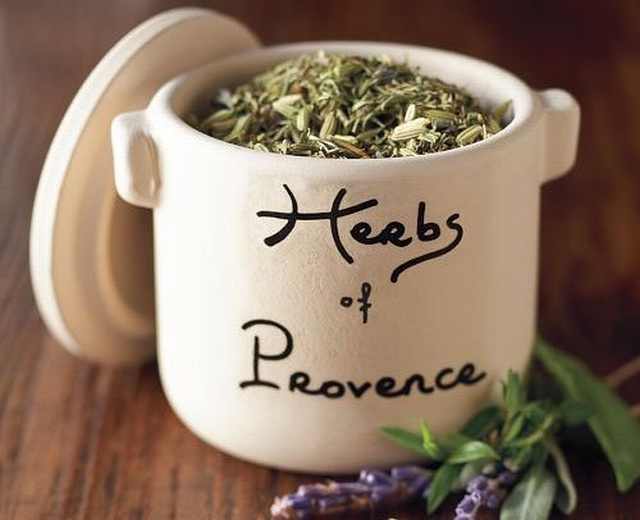 |
| Herbes de Provence: Everything culinary about Provence is magical, and so are their spices. The blend is made with herbs that commonly grow in Southern France including savory, rosemary, marjoram and thyme. Lavender buds are usually added, and some blends contain fennel seeds, sage, tarragon and citrus peels for extra zest. |
 |
| Khmeli Suneli: A Georgian spice mix made up of warm, nutty, grassy and bitter flavors. The mixture usually contains fenugreek seeds and leaves, coriander, savory, black peppercorns, dill, bay leaves, mint and dried marigold petals. It's usually used in stews and meat dishes, but it also works well with roasted vegetables and even in soups. |
|
Indian Subcontinent |
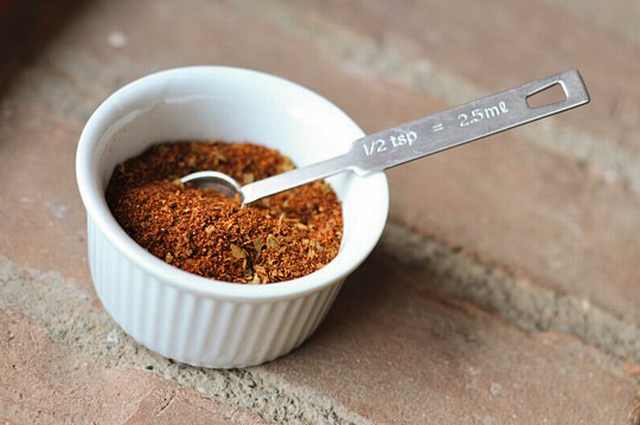 |
| Chaat Masala: This masala (spice mix) is used in Pakistan and India and it has a sweet and sour taste. It is made from amchoor (dried mango powder), cumin, kala namak (black salt), dried ginger, salt, black pepper, hing and chili powder. |
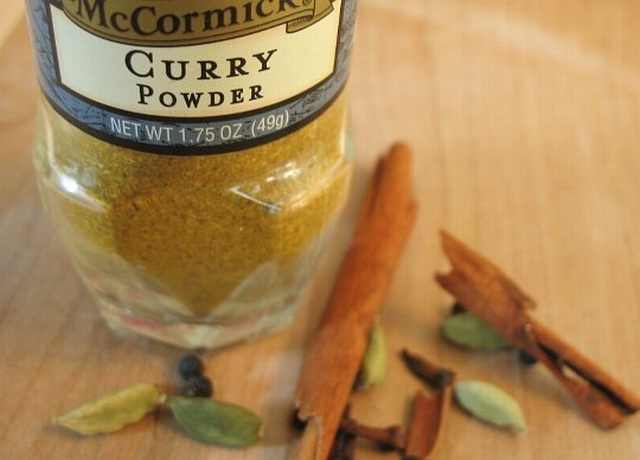 |
| Curry Powder: Although this spice is most commonly associated with traditional Indian food. Curry powder is actually a British invention that was inspired by traditional Indian tastes. It is usually made up of turmeric, coriander, cumin, fenugreek and red pepper. |
|
Bonus - Garam Masala: 'Garam' means hot, which makes this traditional spice mix warmer than most. It is usually made out of cinnamon and cardamom, clove, cumin, coriander, nutmeg, pepper, which have all been toasted and ground into a fine powder. The mix itself is not very spicy, and it is usually used to flavor, not for heat. |
 |
| Panch Phoron: A Bengali rendition of a 'five spice mix' that adds tremendous flavor and aroma to any dish imaginable! The mix is usually made out of cumin seeds, fennel seeds, fenugreek seeds, black mustard seeds and nigella (or kalonji) seeds. These spices should be ground using a spice processor or a mortar and pestle if you have one and add it to your favorite meat and vegetable dishes for an extra kick. |
|
Latin America |
|
Adobo: The Spanish word for seasoning in which raw meat or vegetables are marinated in before cooking. The seasoning is made of paprika, oregano, salt, garlic and vinegar to preserve and enhance the flavor. It is used commonly in Mexican and Latin American cooking. Chili Powder: One of the more common Latin American spices, this mixture can usually be purchased pre-made at the grocery store and is great to add to Mexican and Spanish dishes. The base spices for the mixture are ancho chile powder, paprika, cumin and Mexican oregano. Usually coriander, cayenne and garlic powder are added for an extra kick. Jerk Spice: Jerk is the native cooking-style of Jamaica in the Caribbean in which meat is dry rubbed with a very hot spice mixture. The mixture contains allspice (or pimento in Jamaica) and Scotch bonnet peppers, cloves, cinnamon, scallions, nutmeg, thyme, garlic and salt. |
|
Middle East |
 |
| Advieh: A typical Persian spice that is warm and aromatic, usually used in rice dishes, meats and vegetables. It is similar to a mild version of garam masala, and is made out of dried rose petals, cardamom, cinnamon and cumin. |
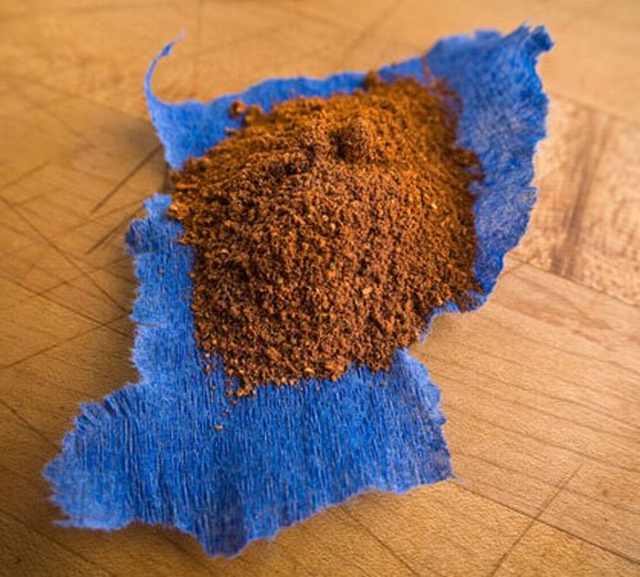 |
| Baharat: The all-purpose seasoning of the Middle East, Baharat means 'spice' in Arabic. The blend differs according to geographic region and tradition, but it is usually made of black pepper, cumin, cinnamon and cloves. The taste is aromatic, warm and sweet and adds great flavor to soups, sauces and rice. |
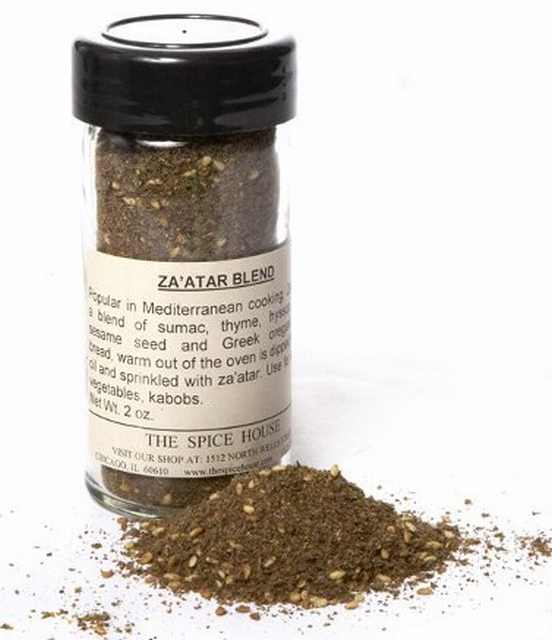 |
| Za'atar: This fragrant, tangy and nutty seasoning has as complex taste that is simply made. It consists of thyme, sesame seeds and dried sumac. It is usually sprinkled on top of flatbread, grilled vegetables or used in traditional dips like hummus. |
|
North America |
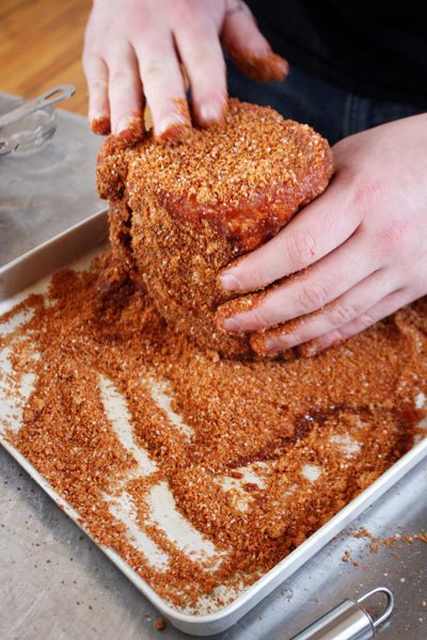 |
| Dry Rub: Dry rubbing involves seasoning meat in a dry marinade of spices without oil or any other liquid binders. Dry rubbing is practiced all over the world, but in the United States it is most common in Mid-Western cities like Kansas City. The mixture consists of brown sugar, paprika, ground garlic, onion, salt, pepper, cumin, ancho or chipolte, mustard powder and cayenne pepper. |
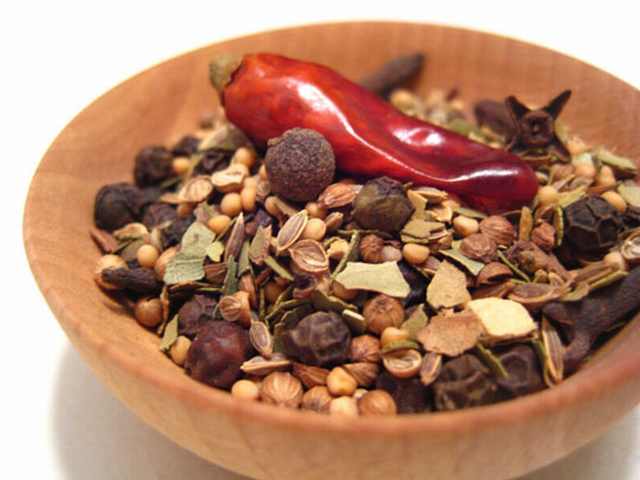 |
| Pickling Spice: Looking to pickle some cucumbers or meat? It's actually quite easy to do! The spice is made up of bay leaves, yellow mustard seeds, black peppercorns, allspice berries, coriander seeds and a bit of dill or dried ginger. Place the mixture in a jar with your cucumbers and your pickles will soon be ready to go! |
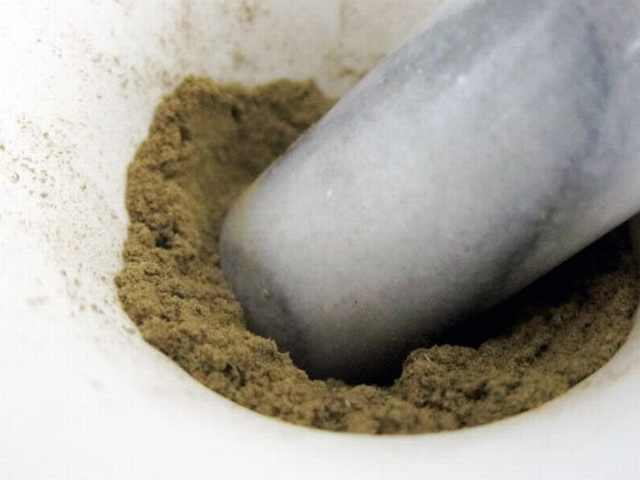 |
| Poultry Seasoning: This seasoning will remind you of Thanksgiving if you've ever celebrated, and will help you feel comfort all year round. The basic ingredients for the poultry seasoning are dried sage and thyme, which give the bird and aromatic and woodsy flavor. Marjoram, rosemary, and black and white pepper are usually added as well. |
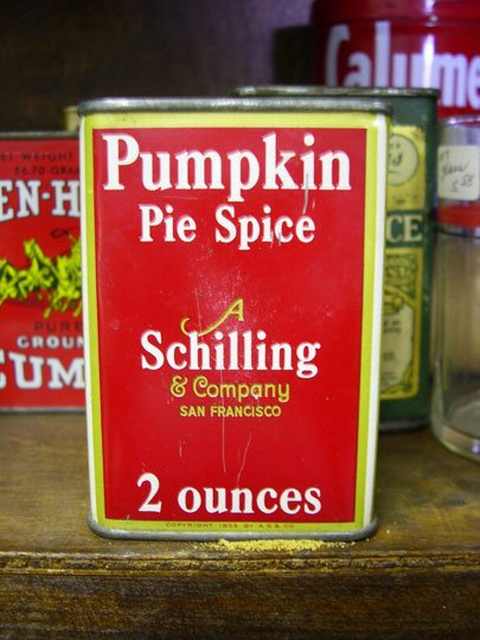 |
| Pumpkin Pie Seasoning: There is nothing that says North America quite like pumpkin pies. But what happens when you are in a place that doesn't have the spice readily available and you want to make pie? Mix together cinnamon, nutmeg, ginger and cloves to your pie filling or any other dish that you want to spice up. |